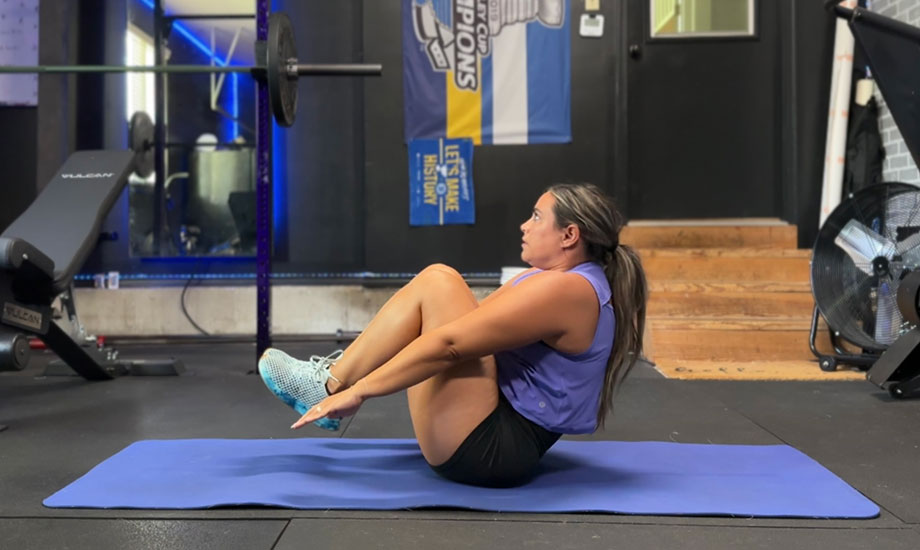We test and review fitness products based on an independent, multi-point methodology. If you use our links to purchase something, we may earn a commission. Read our disclosures.
Step into any gym in the world, and you’re bound to see plenty of people lying on the mats, knocking out massive sets of crunches and sit-ups in the endless pursuit of that Insta-worthy summer bod and six-pack.
What if we told you that, despite the benefits of crunches and sit-ups, they’re actually not the best way to build functional core strength and stability?
“To build real core strength, forget about the ab exercises. You need real functional core exercises that train your entire core in a functional way,” says Kate Meier, CPT, USAW-L1, CF-L1, and GGR Head of Content.
So, what exactly does that entail? Kate explains the difference between ab workouts and functional core training, as well as how to perform the best exercises for building a powerful midsection that will improve strength, assist in injury prevention, and enhance your overall health and quality of life.
Fill your water bottle, get in your best warm-up exercises, and let’s get to work!
Anatomy of the Core
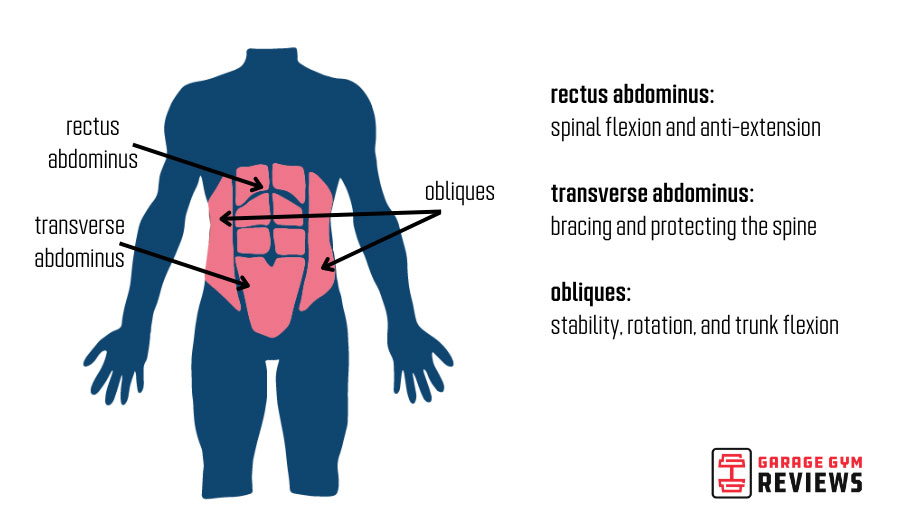
Many fitness enthusiasts perform core work with the sole purpose of revealing the coveted “six-pack” muscle, the rectus abdominis; however, that’s not the only muscle you have in this region.
There are many abdominal muscles1, each with an important function:
- Rectus abdominis: According to StatPearls2, the rectus abdominis “compresses the abdominal viscera, prevents herniation, and stabilizes the pelvis during ambulation.” It’s important for good posture, proper breathing, and protecting your internal organs.
- Transverse abdominis: Located beneath the rectus abdominis, this deep core muscle helps you brace your core and create intra abdominal pressure that protects the spine during heavy lifts and carries.
- External obliques: Located on each side of your torso, the external obliques enable trunk rotation, allowing twisting movements while protecting the lower back.
- Internal obliques: Your internal obliques are just beneath the external obliques, and are responsible for flexing the trunk and increasing overall core stability.
As you can see, core training is about much more than just sculpting a shredded midsection. Developing a strong core assists in various movements, enhancing your health, fitness, and quality of life.
Training Your Core: Function Over Form
Another common misconception is that core training is synonymous with abs workouts, but they’re two different things.
RELATED: Train Your Trunk With The Best Core Exercise Equipment
“Ab exercises mostly target the rectus abdominis,” says Kate, “and the benefits are mostly aesthetic. Functional core training, on the other hand, involves training the entire core to build overall core strength and stability.”
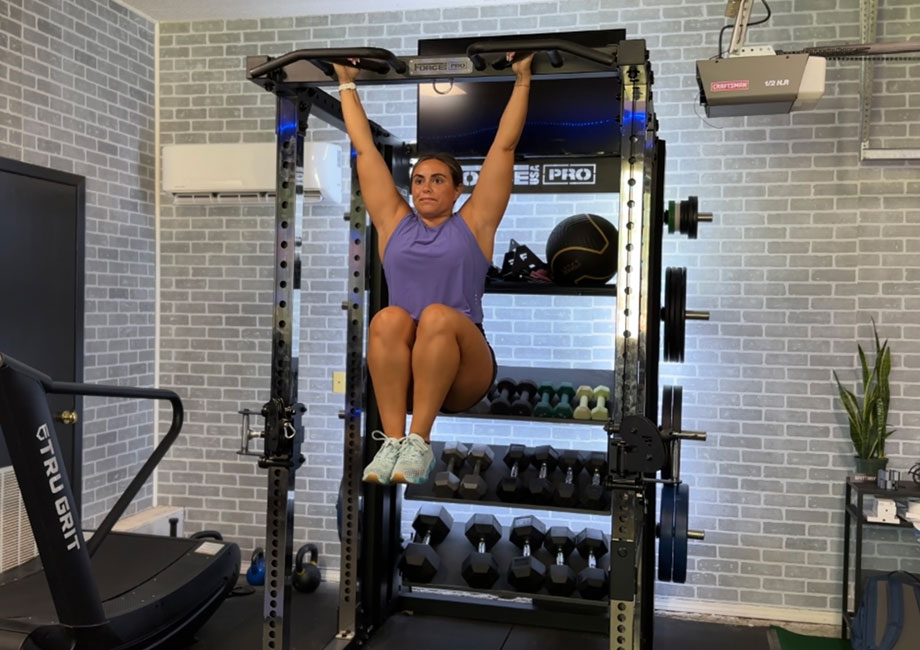
Core strength and stability isn’t as sexy as a six-pack, but it sure is useful. According to a 2021 study published in The American Journal of Sports Medicine3, “core stability is influential in the incidence of lower extremity injuries, including anterior cruciate ligament (ACL) injuries.”
Another 2021 study, published in BMC Musculoskeletal Disorders4, found that “core stabilization exercise…is effective in improving proprioception, balance, and… muscle thickness.”
So, core training is well worth your while, but what exactly goes into a functional core workout? What kinds of exercises should be included?
Here are our top picks.
Hollow Hold
Why we love it: The hollow hold is an isometric exercise, similar to the plank. However, the pelvic tilt and drawn-in rib positioning provide superior activation in the transverse abdominis.
How to do it:
- Lie on your back with your feet together.
- Raise both feet a few inches off the floor
- Fully extend your arms overhead, keeping your biceps next to your ears.
- Hold the position for the desired duration.
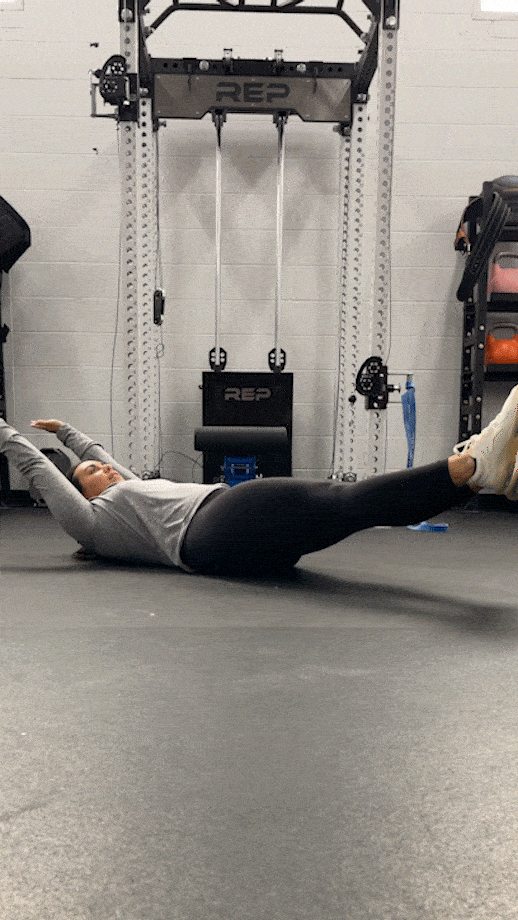
Hollow Rock
Why we love it: “The hollow rock is a hollow hold, but with movement added,” says Kate Meier, CPT and GGR Head of Content. “So, you get similar muscle activation now with the added challenge of keeping your balance and controlling the midline.”
How to do it:
- Get into a hollow hold position.
- Gently rock back and forth, taking care not to touch the floor with your hands or heels.
- Continue for the desired duration or number of reps.
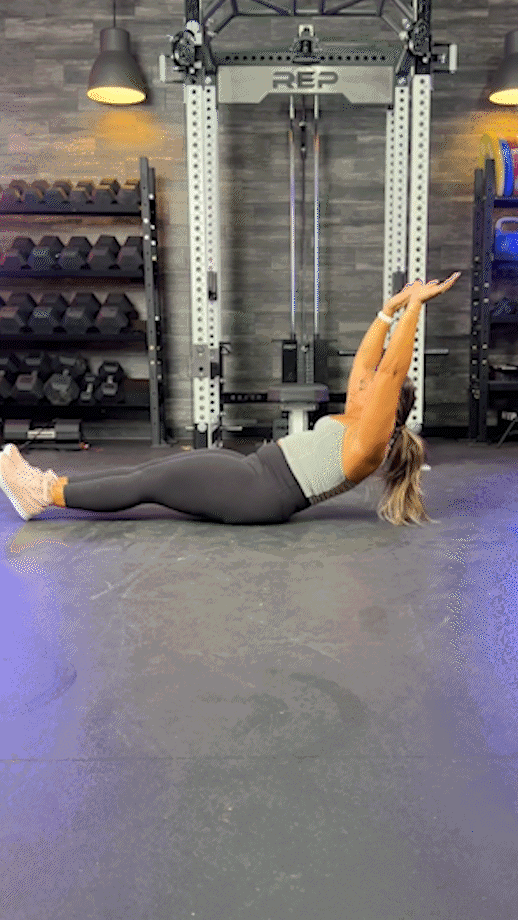
Tuck-Up
Why we love it: Tuck-ups engage your abdominal muscles, glutes, hip flexors, and erector spinae in the lower back, making it a great choice for building core strength and stability.
How to do it:
- Lie face up on the floor with your legs and arms fully extended.
- Lift your upper body and lower body off the floor simultaneously, keeping your knees tucked and reaching with your arms towards your heels.
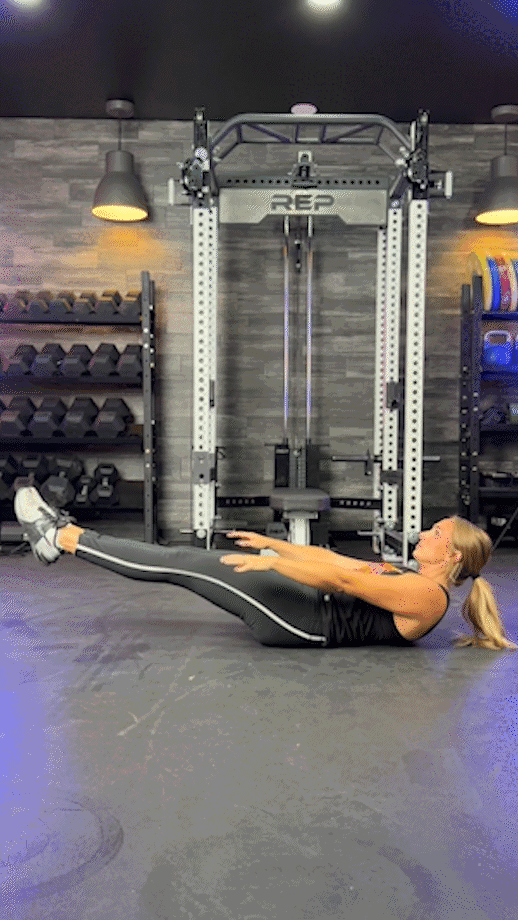
V-Up
Why we love it: “V-ups are basically tuck-ups but untucked,” says Kate. “Keeping your arms and legs straight throughout the range of motion increases the intensity of the muscle activation, making it overall more effective.”
How to do it:
- Lie face up on the floor with your legs and arms fully extended.
- Lift your upper body and lower body towards each other like you’re trying to touch your toes. Keep your arms and legs straight as you move.
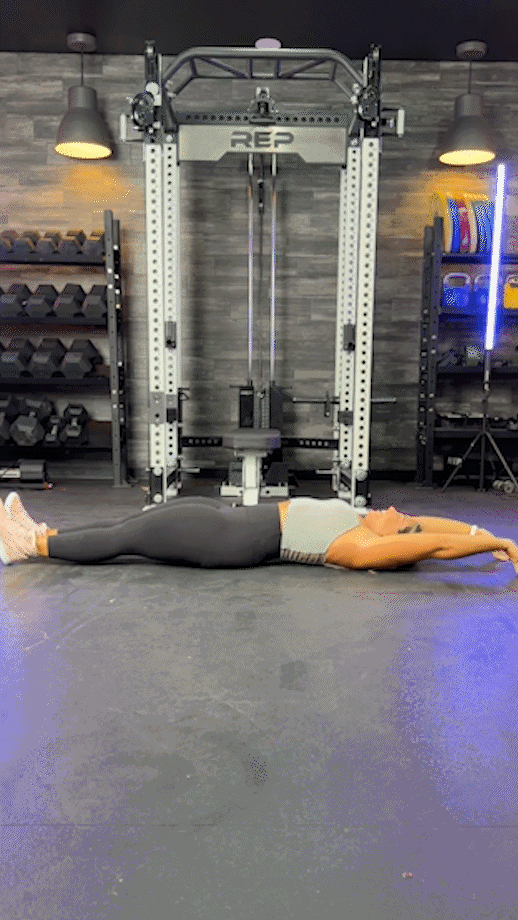
Tuck Hold from Bar
Why we love it: This isometric hold not only engages your entire core—building strength and stability—but challenges your grip strength and engages your lats.
How to do it:
- Grab a pull-up bar and enter a dead hang.
- Raise your knees to your chest and hold the position.
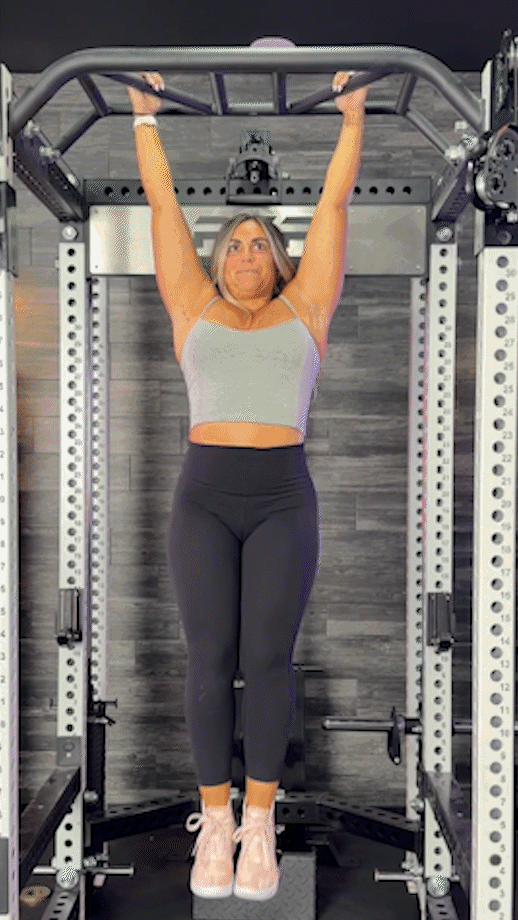
L-Sit Hold from Bar
Why we love it: “L-sits not only build the core muscles,” says Kate, “but hits your quads, hip flexors, pecs, triceps—the list goes on! It’s basically a full-body exercise.”
How to do it:
- The L-sit may be performed using parallettes, gymnastics rings, or by hanging from a pull-up bar. We will cover the pull-up bar version here.
- Grab the bar and enter a dead hang.
- Engage your core and upper back muscles as you raise your legs to form the shape of the letter “L.” Hold the position for the desired duration.
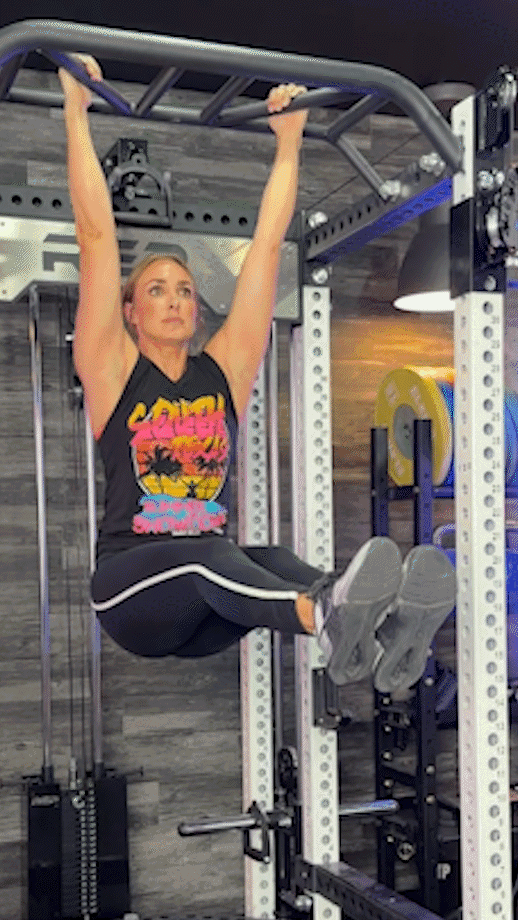
Plank Variations
Why we love it: According to a 2015 study published in the Journal of Strength and Conditioning Research5, “an isometric training approach [is] superior in terms of enhancing core stiffness,” meaning the forearm plank, side plank, and other variations are all great options.
How to do it:
- For the forearm plank, get into the plank position by placing your forearms and elbows on the floor with your legs fully extended behind you, forming a straight line from head to heels.
- Hold the position for the desired duration or take it up a notch by performing an alternating plank reach.
RELATED: 13 Plank Exercise Variations
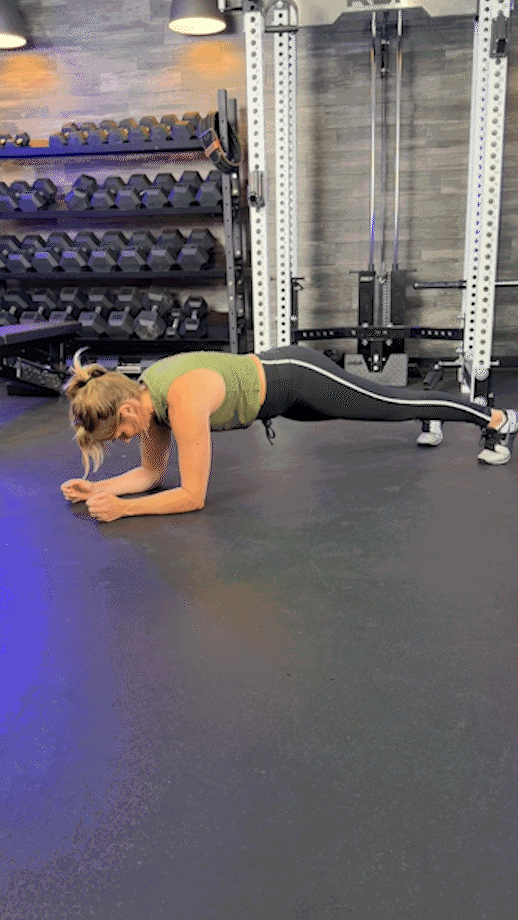
Farmer’s Walks
Why we love it: Farmer’s walks involve carrying a heavy load, which requires core bracing to perform safely. They also are great for building lower body muscles like the glutes, quads, and hamstrings, according to a 2015 study published in the Journal of Human Kinetics6.
How to do it:
- Choose a pair of dumbbells or kettlebells and hold one in each hand. Your feet should be shoulder-width apart, arms at your sides, core braced, and shoulder blades pinched.
- Slowly walk in a straight line for the desired distance or duration.
RELATED: Farmer’s Walk Benefits
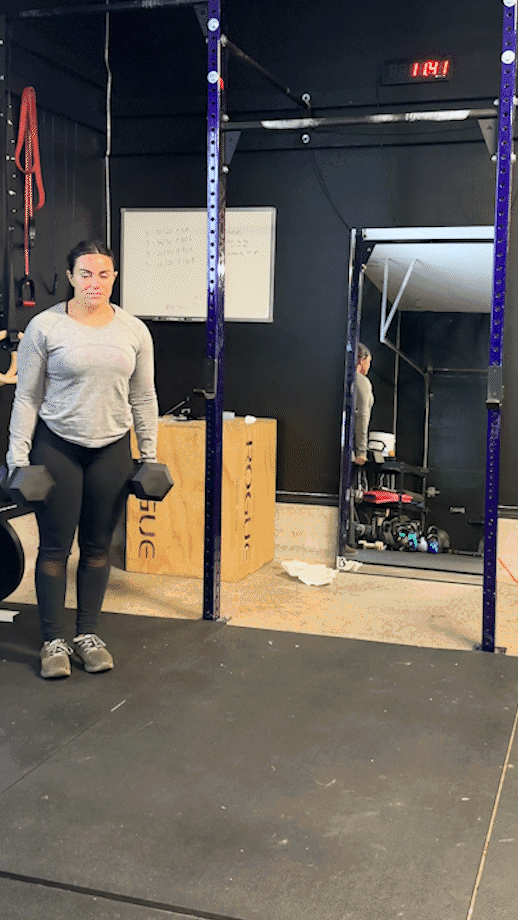
Bird Dog
Why we love it: “Bird dogs are a great choice for building core stability,” says Kate. “The movement promotes proper spinal alignment, which helps alleviate lower back pain, too.”
How to do it:
- Start on your hands and knees.
- Raise your left leg and right arm simultaneously, keeping them straight.
- Hold the position, then return to the starting position.
- Now do the same movement pattern using your right leg and left arm.
- Alternate sides for each rep until the set is finished.
RELATED: The Bird Dog Exercise
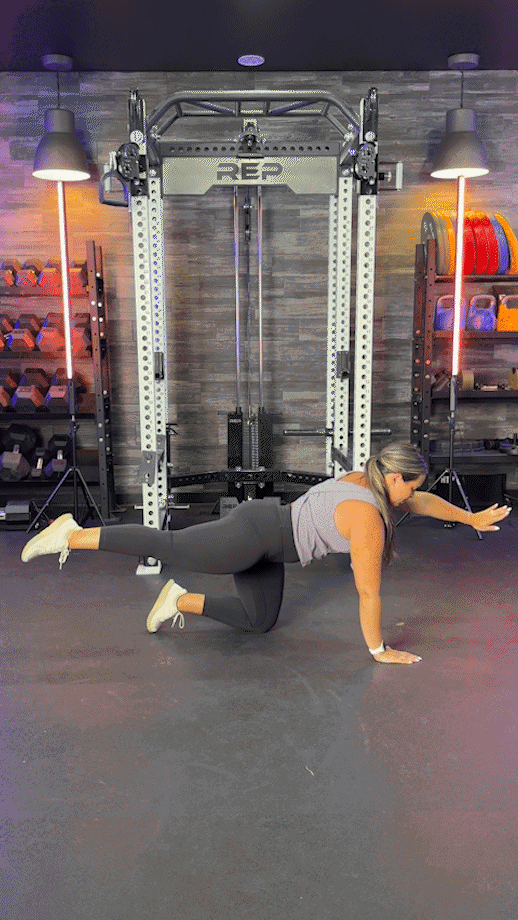
Dead Bug
Why we love it: The dead bug is the epitome of unassuming. It looks easy, it’s easy to learn, but it’s very challenging, requiring loads of core stability and balance to perform with composure.
How to do it:
- From a supine position, bend your knees at 90-degree angles above your hips.
- Fully extend your arms towards the ceiling.
- Bring your right hand straight back towards the floor. Do the same with your left leg, slowly extending it fully.
- Come back to the starting position, now do it with your left hand and right leg.
- Alternate sides for each rep until the set is finished.
RELATED: The Dead Bug Exercise
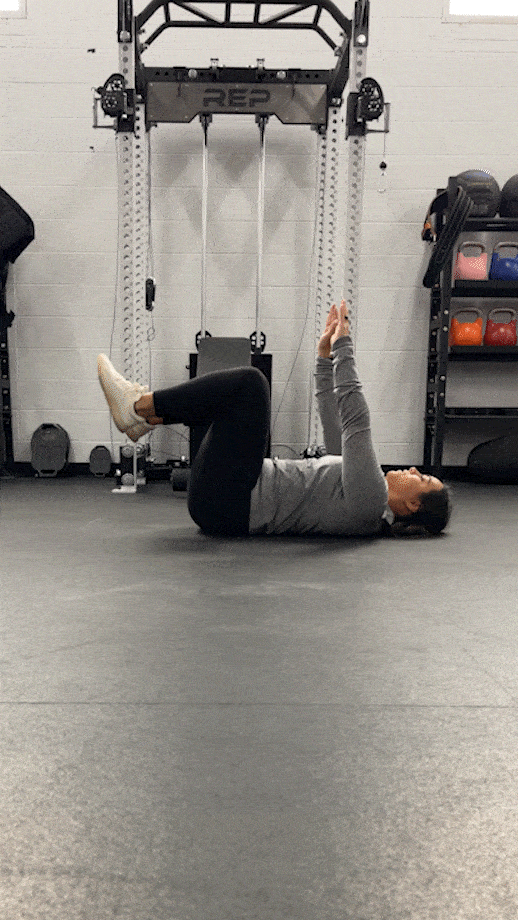
Superman
Why we love it: Channel your inner Man of Steel with this stellar isometric hold. According to a 2018 study published in the Journal of Exercise Rehabilitation7, the superman ranks among the best exercises for enhancing core stability while reducing the fatigue to the low back muscles.
How to do it:
- Start in a prone position with your arms and legs fully extended.
- Lift your arms and legs in the air as high as possible.
- Hold for the desired duration.
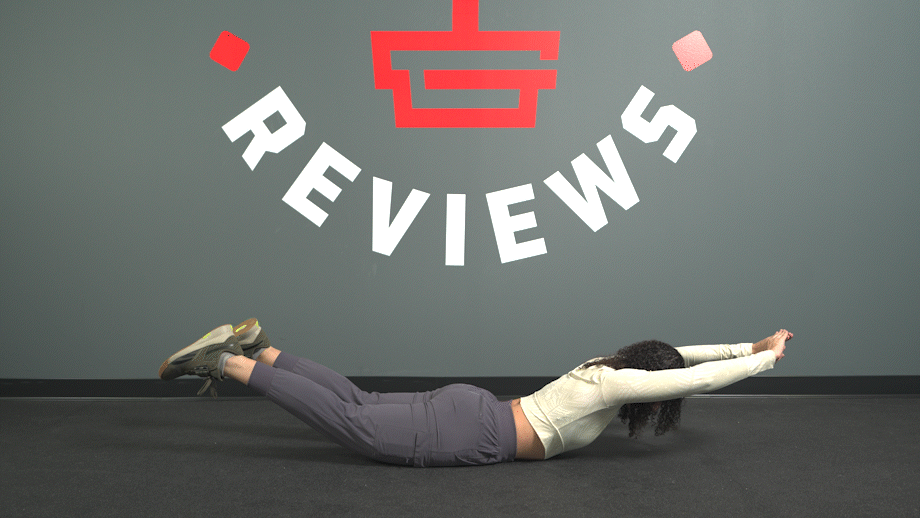
Back Extensions
Why we love it: “Back extensions are a great bodyweight movement to incorporate during your core strength training routine,” says Kate. “The movement pattern increases your ability to coordinate movement using the lower back, ultimately providing an analgesic effect that contributes to injury prevention down the line.”
How to do it:
- Adjust a back extension machine to your height. Step onto the machine, bending your hips and lowering your chest towards the ground, to get into the starting position.
- Use your lower back muscles and core to come back up until your body is vertical again.
RELATED: How To Do Back Extensions At Home
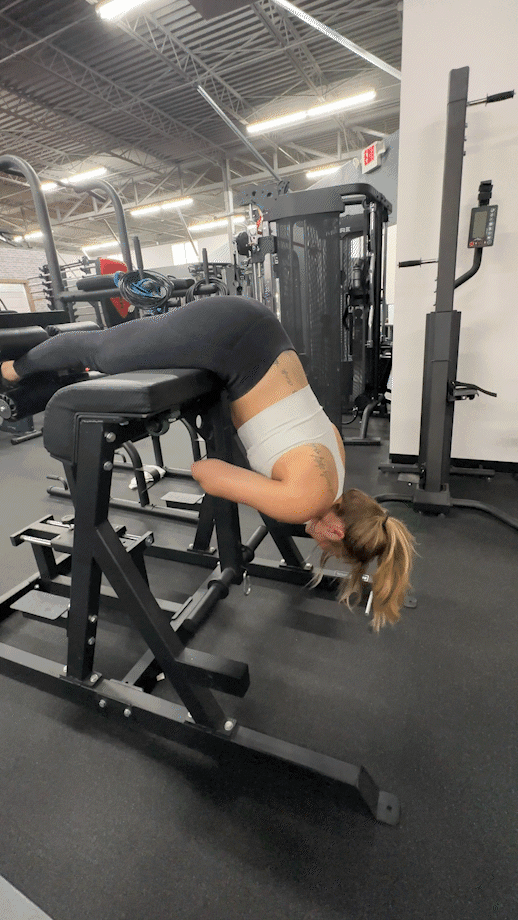
Ab Wheel
Why we love it: The rollout movement employed during the ab wheel exercise encourages eccentric strength in the core. You can perform this exercise with an ab roller or loaded barbell.
How to do it:
- From your knees, hold the handles of an ab roller or grip a loaded barbell.
- Fully extend your arms, then extend your hips toward the floor.
- Continue through the full range of motion, then engage your lats to return.
RELATED: Best Ab Roller
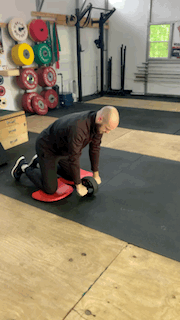
Glute Bridge
Why we love it: “Glute bridges are a godsend for building lower back stability and alleviating lower back pain,” says Kate. “Plus, they enhance hip mobility and flexibility, which is especially useful for people who have sedentary jobs or lifestyles.”
How to do it:
- Lie supine with both knees bent and feet flat.
- Press your feet into the floor and lift your butt into the air.
- Squeeze your glutes and hold, then release and return.
RELATED: Hip Thrust Workout
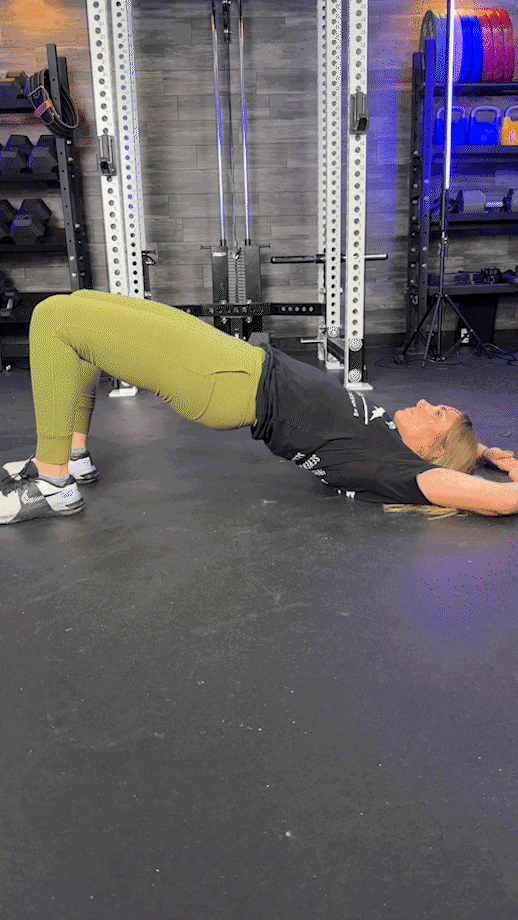
Functional Core Exercises: Final Thoughts
There’s nothing wrong with working out for aesthetic reasons; however, if you want real core strength and stability that can help keep you safe and healthy in sports and everyday life, there’s no substitute for functional core training.
Add our functional core exercises to your next workout and the gains are sure to come!
Functional Core Exercises: FAQs
How can I get a stronger core?
A great starting point for improving core strength is performing core-building exercises such as hollow holds, v-ups, planks, and bird dogs, to name a few. Consistency is key here, and Kate Meier, CPT, USAW-L1, CF-L1, and GGR Head of Content, recommends performing core exercises once every 48 hours to allow proper post-workout recovery time.
For more personalized fitness advice, consider working with a personal trainer or other comparable fitness professional.
Does a weak core cause back pain?
“A strong core helps stabilize the trunk,” says Kate Meier, CPT, USAW-L1, CF-L1, and GGR Head of Content. “A weak core is not effectively doing that, leading to poor posture and low back pain.”
Additionally, a 2015 study published in the Journal of Physical Therapy Science8 found that “Core strength training strategies…assist in the alleviation of chronic low back pain.” So, it’s never too late to take action and turn things around!
Do functional core exercises give you abs?
Functional core exercises don’t give you abs, per se, but can help with the endeavor by strengthening your core muscles, specifically the rectus abdominis, that present as “six-pack abs.”
“Core work will contribute to more pronounced abs when your body fat percentage is low enough to reveal them,” says Kate Meier, CPT, USAW-L1, CF-L1, and GGR Head of Content, “But the rest of your training and, most importantly, your diet are more important for getting six-pack abs.”
References
1. Flynn W, Vickerton P. Anatomy, Abdomen and Pelvis: Abdominal Wall. [Updated 2022 Jul 25]. In: StatPearls [Internet]. Treasure Island (FL): StatPearls Publishing; 2023 Jan
2. Varacallo M, Scharbach S, Al-Dhahir MA. Anatomy, Anterolateral Abdominal Wall Muscles. [Updated 2022 Jul 25]. In: StatPearls [Internet]. Treasure Island (FL): StatPearls Publishing; 2023 Jan
3. Jeong J, Choi DH, Shin CS. Core Strength Training Can Alter Neuromuscular and Biomechanical Risk Factors for Anterior Cruciate Ligament Injury. Am J Sports Med. 2021;49(1):183-192. doi:10.1177/0363546520972990
4. Hlaing SS, Puntumetakul R, Khine EE, Boucaut R. Effects of core stabilization exercise and strengthening exercise on proprioception, balance, muscle thickness and pain related outcomes in patients with subacute nonspecific low back pain: a randomized controlled trial. BMC Musculoskelet Disord. 2021;22(1):998. Published 2021 Nov 30. doi:10.1186/s12891-021-04858-6
5. Lee BC, McGill SM. Effect of long-term isometric training on core/torso stiffness. J Strength Cond Res. 2015;29(6):1515-1526. doi:10.1519/JSC.0000000000000740
6. Stastny P, Lehnert M, Zaatar A, Svoboda Z, Xaverova Z, Pietraszewski P. The Gluteus Medius Vs. Thigh Muscles Strength Ratio and Their Relation to Electromyography Amplitude During a Farmer’s Walk Exercise. J Hum Kinet. 2015;45:157-165. Published 2015 Apr 7. doi:10.1515/hukin-2015-0016
7. Hwang YI, Park DJ. Comparison of lumbar multifidus thickness and perceived exertion during graded superman exercises with or without an abdominal drawing-in maneuver in young adults. J Exerc Rehabil. 2018;14(4):628-632. Published 2018 Aug 24. doi:10.12965/jer.1836296.148
8. Chang WD, Lin HY, Lai PT. Core strength training for patients with chronic low back pain. J Phys Ther Sci. 2015;27(3):619-622. doi:10.1589/jpts.27.619
Further reading

The upright row is just what you need for bigger shoulders and a strong upper back. Check out our guide to find out more about this awesome exercise! Read more

Women need essential nutrients to truly thrive. If you're looking for the best multivitamin for women, we've rounded up 15 great options! Read more

Step into any gym in the world, and you’re bound to see plenty of people lying on the mats, knocking out massive sets of crunches and sit-ups in the endless pursuit of that Insta-worthy summer bod and six-pack.What if we told you that, despite the benefits of crunches and sit-ups, they’re actually not the best way to build functional core strength and stability?“To build real core strength, » Read more about: 14 Functional Core Exercises to Try for Strength and Injury Prevention » Read more

The chest-supported row helps build muscle in your back and biceps, and reduces strain on your lower back. Here’s how to do the exercise with the correct form. Read more

